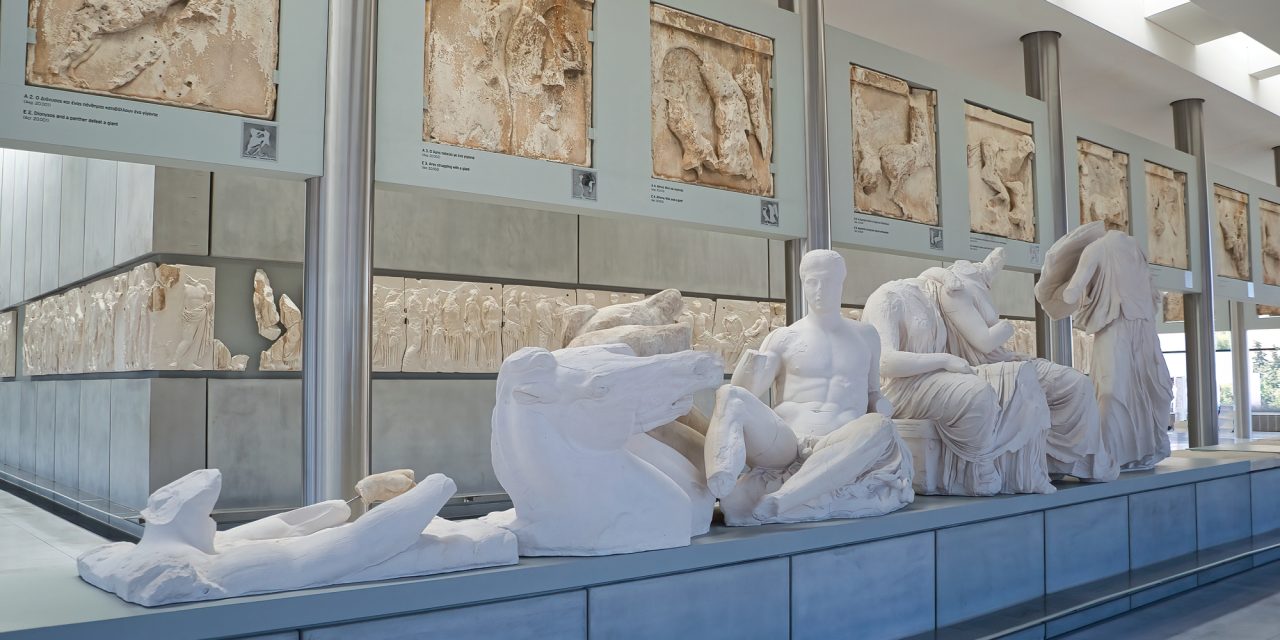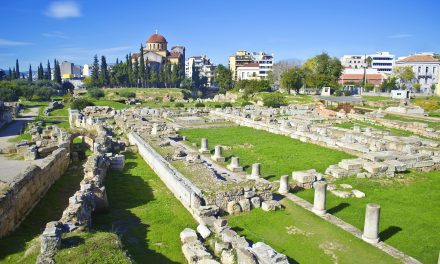The Museum of the Acropolis (Link to wikipedia) in Athens is one of the most significant archaeological museums in the world. The museum houses a vast collection of artifacts from the Acropolis, offering visitors a chance to explore the rich history and cultural heritage of ancient Greece. In this article, we’ll delve into the history and significance of the Museum of the Acropolis.
The History of the Museum
The Museum of the Acropolis was founded in 2003 and was built to house the many artifacts and sculptures that had been excavated from the Acropolis over the years. The museum was designed by the Swiss architect Bernard Tschumi and is located at the foot of the Acropolis hill.
The museum’s collection includes thousands of artifacts that date back to the 5th century BCE. The exhibits include sculptures, pottery, jewelry, and other objects that offer a glimpse into the daily life, culture, and beliefs of ancient Greece.
The Significance of the Museum
The Museum of the Acropolis is significant not only for its vast collection of artifacts but also for its role in preserving and promoting ancient Greek culture. The museum offers visitors a chance to learn about the history of the Acropolis and the people who built it, providing insight into the cultural and social practices of ancient Greece.
One of the most significant exhibits in the museum is the Parthenon Gallery, which houses the sculptures and decorations that were removed from the Parthenon during restoration work. The gallery offers visitors a chance to see the intricate details and artistic brilliance of the Parthenon sculptures up close.
Other notable exhibits in the museum include the Gallery of the Slopes of the Acropolis, which showcases the many artifacts that have been excavated from the slopes of the Acropolis, and the Archaic Gallery, which features a collection of sculptures and pottery from the Archaic period of ancient Greece.
The Museum of the Acropolis is a must-visit destination for anyone traveling to Athens. With its vast collection of artifacts and its role in promoting and preserving ancient Greek culture, the museum offers visitors a chance to step back in time and explore the rich history and cultural heritage of ancient Greece. From the Parthenon Gallery to the Gallery of the Slopes of the Acropolis, the museum is a treasure trove of ancient wonders that are sure to fascinate and inspire.
Map
Athens Unveiled: A Journey through History, Culture, and Modernity
Discover the grandeur of Athens, a city steeped in history and modernity. Start at the iconic Acropolis, home to the Parthenon, and Erechtheion before delving into the artifacts housed in the Museum of Acropolis. Enjoy a live performance at the ancient Odeon of Herodes Atticus, tucked on the south slope of the Acropolis.
Lose yourself in the narrow, picturesque streets of Plaka and Kolonaki, filled with boutiques, cafes, and art galleries. Indulge in shopping on Voukourestiou and Ermou streets, renowned for their luxury brands and local crafts.
Explore the vibrant neighborhoods of Monastiraki and Psiri, teeming with eclectic markets and tavernas. Take a look at our Monastiraki Flea Market Shopping Guide. Take a stroll through Thissio, where you can enjoy breathtaking views of the Acropolis. Gkazi, known for its vibrant nightlife, is a must for evening entertainment.
Climb Mount Lycabettus (read about Lycabettus Theatre) and Philopappos Hill for panoramic views of the city. Visit the National Archaeological Museum to view Greek art and the Academy of Athens for a taste of neoclassical architecture.
Experience the world’s only marble stadium, the Panathenaic Stadium, and catch a show at the Athens Concert Hall. Keramikos, an often-overlooked archaeological site, is rich with ancient tombs and ruins. Don’t forget to check our guide on Keramikos delicious local cuisine.
Athens is a city where ancient history and contemporary culture blend seamlessly, promising an unforgettable journey. Must read: A tour of its most significant landmarks and a tour of its ancient sites.








